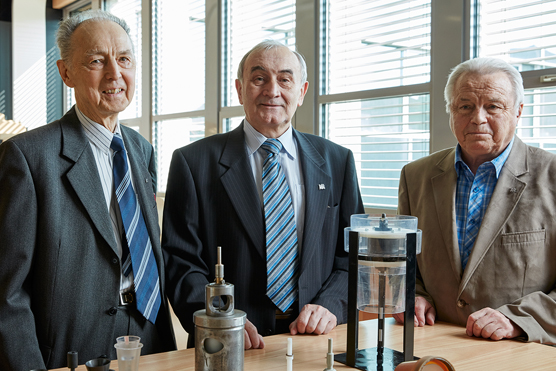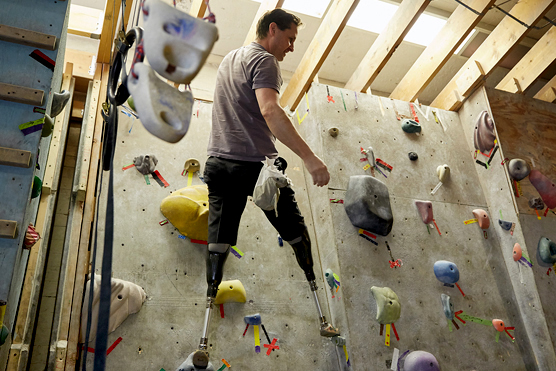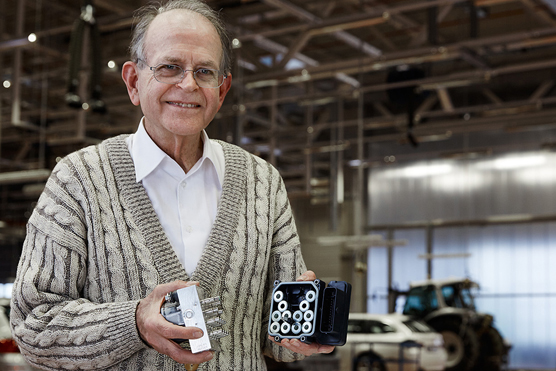 Stuart Nathan
Stuart Nathan
Features editor
Engineering saves lives and makes them better, and the varied and inspired inventors of crucial technologies are the best advertisement for the profession
It’s been one of those occasional periods where event has crowded on event. It must be the weather or something. I seem to have spent an inordinate amount of time in airports recently and have become distressingly familiar with the EasyJet inflight menu (my recommendation is: don’t).
Last week took me to Lisbon, for this year’s Inventor Awards, an annual event organised by the European Patent Office. I’ve attended the past three years, and it’s become one of my favourite events: not so much because it’s held in a different city every year (unfortunately, the tight schedule at these events means that there’s never any time for sightseeing; all I can tell readers about Lisbon is that the white marble cobbled pavements are very pretty but a nightmare to walk on in hard-soled shoes), but because for us journalists, it’s a chance to talk to the inventors, a varied and fascinating bunch of very clever, inspired people whose work has made a real difference to people’s lives, or at least has the potential to. As usual, it struck me that if you wanted to entice schoolchildren into a career in technology, introducing them to these people would probably be the best way to do it.
One striking example showed that you don’t even need to know precisely what you’re doing to make a breakthrough, if you understand how to investigate a phenomenon. Czech physicist Miroslav Sedláček told me through a translator that his invention of the rolling fluid turbine, a hydropower system that works in low-velocity water streams, was inspired by his watching a leaf tumble in a vortex generated on the surface of a river while he was out for a walk. Although fluid dynamics wasn’t his speciality (and it’s a notoriously difficult field of study, replete with the kind of algebra that seems to have been devised by some mathematically-inclined sadist), Sedláček dedicated himself to empirical study of the properties of such vortices and devised the turbine, in which a conical, spherical or cup-shaped rotor rolls around inside a close-fitting, tapered housing while the fluid vortex swirls around it, simultaneously spinning on its own axis.
Imagine the Earth orbiting the sun while simultaneously spinning and you’ll be close to visualising it, although as Sedláček apologetically told me, it’s not quite the same effect. It’s that pair of simultaneous movements that can be harnessed to drive an electric turbine or just to provide a rotational torque to drive a tool or appliance, and could provide isolated villages and settlements with electricity, as long as they have even relatively sluggish stream running through them. Sedláček cheerfully admits that he still doesn’t understand the physics of the vortex formation; they’re familiar to all of us from watching baths drain, and it turns out that nobody knows why they form. Think of that when you next run a bath. But that didn’t stop him from effectively discovering, describing and harnessing this new hydrodynamic principle.

There’s a strong element of life sciences in the award nominees, reflecting the sheer amount of research and the number of patents in this area. Many of these are for pharmaceuticals, which are outside the scope of this publication; but those in the fields of medical imaging, prosthetics and implants very much are, and demonstrate powerfully that engineers save lives and change them for the better – a point that other STEM campaigns have sometimes struggled to make but in this case flows naturally from the inspiration for the event.
Unfortunately for me, the nominee who possibly best embodies this, Hugh Herr of MIT, couldn’t attend. Dr Herr is a biomechatronics expert and climbing enthusiast who, near the start of his career, lost both of his legs above the knee to frostbite during a climbing trip gone wrong. Dismayed with the quality of prosthetic available, he designed his own, with active, microprocessor-controlled, powered joints that continually adjust their stiffness and damping as they are used. He now climbs at a more advanced level than before his accident, and notes ruefully that as he keeps upgrading his prostheses, there will come a point were his natural body has degraded by ageing, but his synthetic legs will outperform it, reaching new peaks of ability. I’m hoping to arrange to interview Dr Herr in the near future.

The winner of the Lifetime Achievement Award is another lifesaver, though not in the medical field. Anton van Zanten heads up a development team at Bosch, and is credited with the invention of electronic stability control, which uses a car’s brakes independently of the driver to keep the vehicle balanced during sudden swerving or braking in emergency situations, preventing lateral dynamic forces from overturning the car or sending it veering off the road. Typically of engineers, van Zanten credits the team with the invention rather than himself, although he acknowledges the importance of the patent system in securing the innovation.

By preventing crashes, this system is seen as improving safety even more than seatbelts and airbags (which mitigate the effects of accidents but don’t prevent them) and has saved the lives of hundreds of thousands of drivers, particularly younger ones, since its introduction in 1995. It has been mandatory in all new cars and light commercial vehicles since 2014, and Bosch has now made over 150 million systems. Van Zanten could probably be called the father of vehicle autonomy, although it’s a title he shies away from; and as a lifelong proponent of ‘defensive driving’, his own use of his invention has probably been minimal, in a stark contrast to the high-altitude Hugh Herr.
My interviews with Inventor Award nominees will appear in upcoming issues of The Engineer and on our website.




Red Bull makes hydrogen fuel cell play with AVL
Surely EVs are the best solution for motor sports and for weight / performance dispense with the battery altogether by introducing paired conductors...